PLANNING | The "P" Word
Planning for Housing: Why It Matters
A well-structured housing action plan helps local leaders address current and future housing needs in a strategic, inclusive, and actionable way. Unlike a comprehensive plan—which typically covers a wide range of community issues like land use, transportation, and economic development—a housing action plan focuses specifically on housing challenges and solutions. It is often more nimble, targeted, and implementation-oriented, making it especially useful for small towns and rural communities with limited capacity.
The guide that follows, Smart Start Housing Planning Guide, was adapted from the PLAN framework from Local Housing Solutions. It contains a simplified checklist of recommended steps with customized input from MPP staff, designed to help mayors and municipal leaders move from vision to action.
The guide that follows, Smart Start Housing Planning Guide, was adapted from the PLAN framework from Local Housing Solutions. It contains a simplified checklist of recommended steps with customized input from MPP staff, designed to help mayors and municipal leaders move from vision to action.
Planning Steps
1. Lay the Groundwork/Build your Planning Foundation
Get organized internally before launching a formal planning process.
2. Gather and Analyze Existing HOUSING conditions
Know where your community stands before deciding where it’s going.
3. Engage the Community
Make sure the strategy reflects community values and lived experiences.
4. Define a Shared Vision and Goals
Set the foundation for policies and action.
5. Develop Policy Strategies and Implementation Tools
Identify how to achieve the vision and goals.
6. Draft and Review the Housing Strategy
Put all the work into a formal document and prepare for adoption.
7. Adopt and Use the Strategy
Turn the Strategy into official policy to guide decision-making.
8. Monitor, Report, and Update
Keep the strategy alive, relevant, and effective.
Smart Start Planning Guide
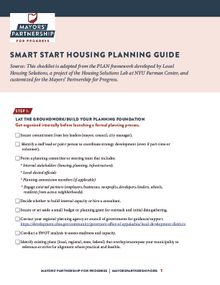 PDF
PDF
This checklist is adapted from the PLAN framework developed by Local Housing Solutions, a project of the Housing Solutions Lab at NYU Furman Center, and customized for the Mayors’ Partnership for Progress.
TOOLS AND COMPREHENSIVE PLAN EXAMPLES
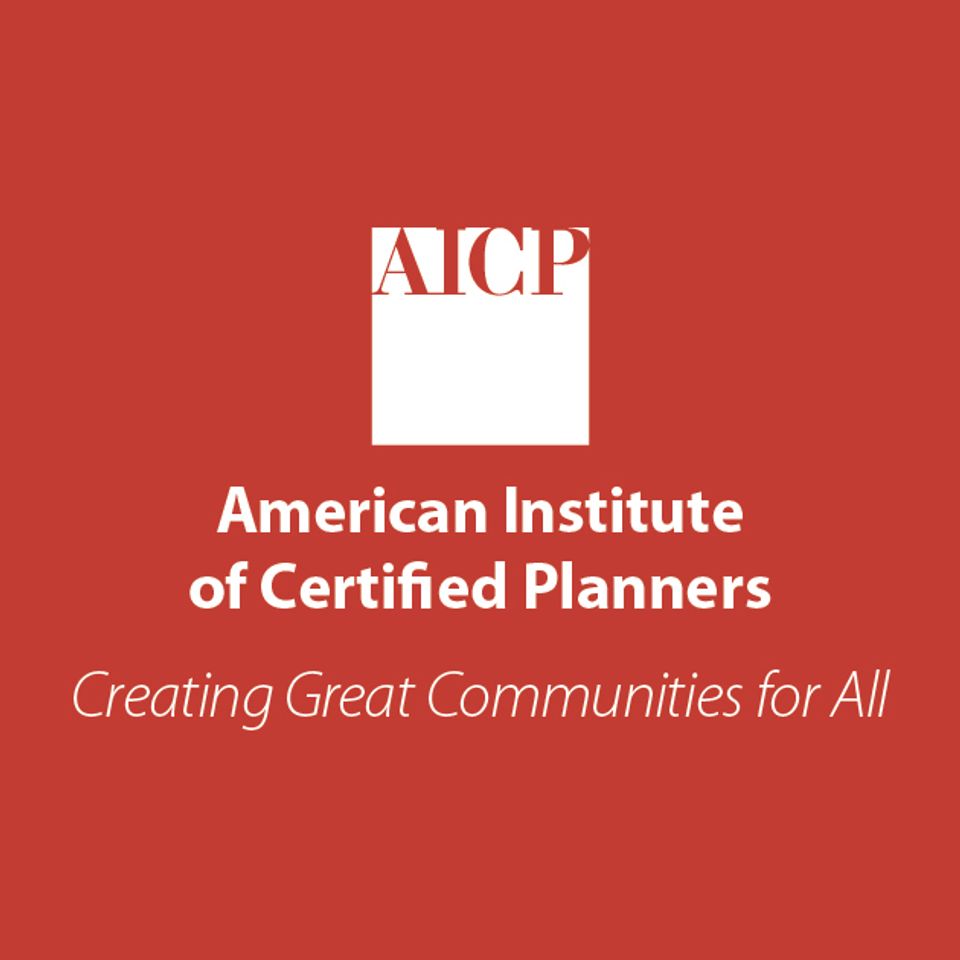
STEVEN BURSTEIN, AICP
Comprehensive Plan Template
The Comprehensive Plan Template by Steven Burstein, AICP, is a practical guide designed to help municipalities structure and draft a comprehensive plan. It outlines key elements such as land use, housing, transportation, and economic development, and includes steps for public engagement, data analysis, and implementation.
Though developed for New Mexico, its flexible format and best practices are broadly applicable to small communities nationwide.
Though developed for New Mexico, its flexible format and best practices are broadly applicable to small communities nationwide.
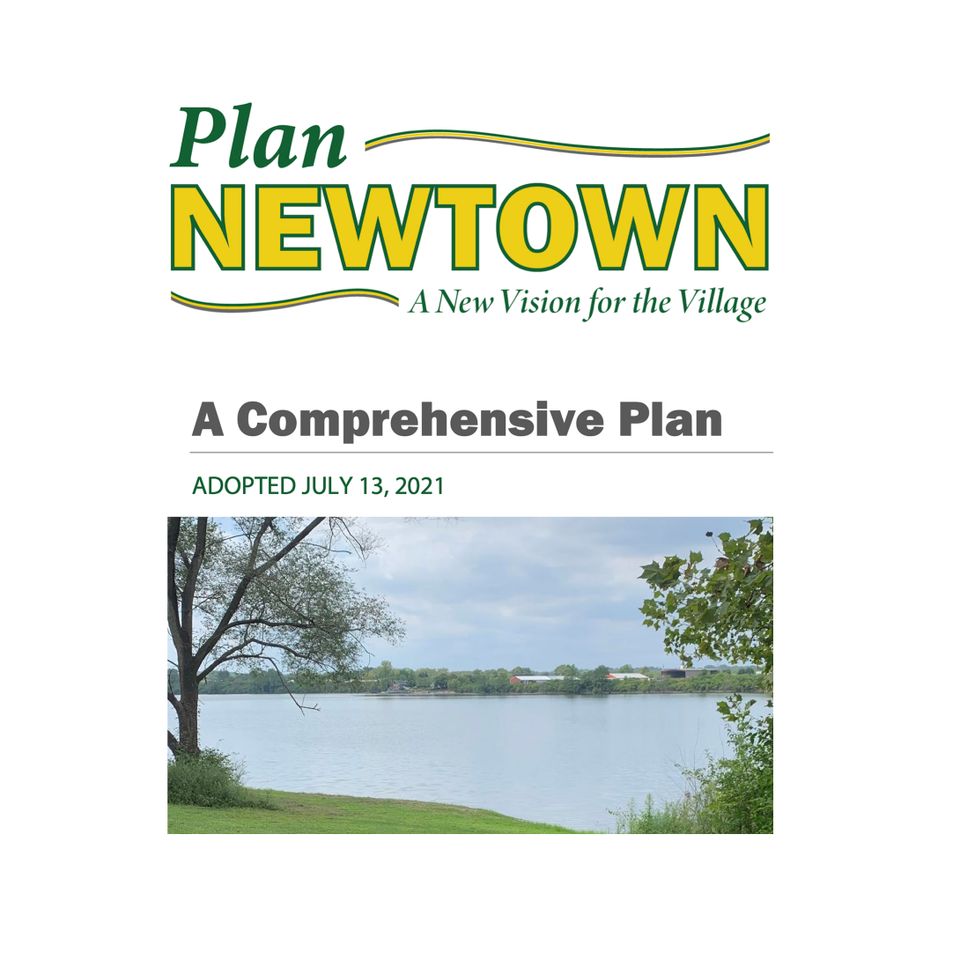
HAMILTON COUNTY, OHIO
Village of Newtown Comprehensive Plan (2021)
Village of Newtown Comprehensive Plan (2021)
Located in Hamilton County, Newtown is a small village that developed its comprehensive plan to guide future growth while preserving its rural character. The plan addresses land use, transportation, housing, and environmental sustainability, providing a framework for decision-making that reflects community values.
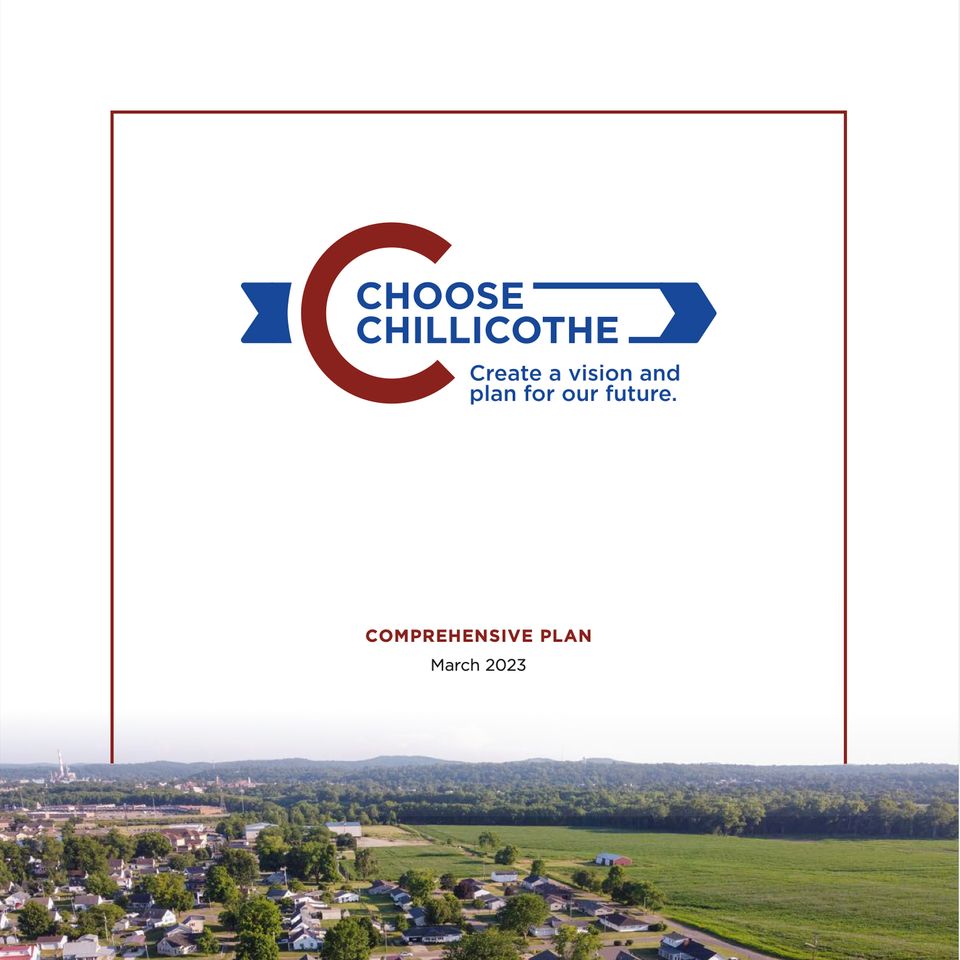
ROSS COUNTY, OHIO
City of Chillicothe Comprehensive Plan (2023)
City of Chillicothe Comprehensive Plan (2023)
The Choose Chillicothe Comprehensive Plan is a community-driven blueprint designed to guide the city's development over the next 10 to 15 years. Developed through extensive public engagement, the plan outlines 73 actionable strategies focusing on areas such as land use, transportation, housing, economic development, and infrastructure.
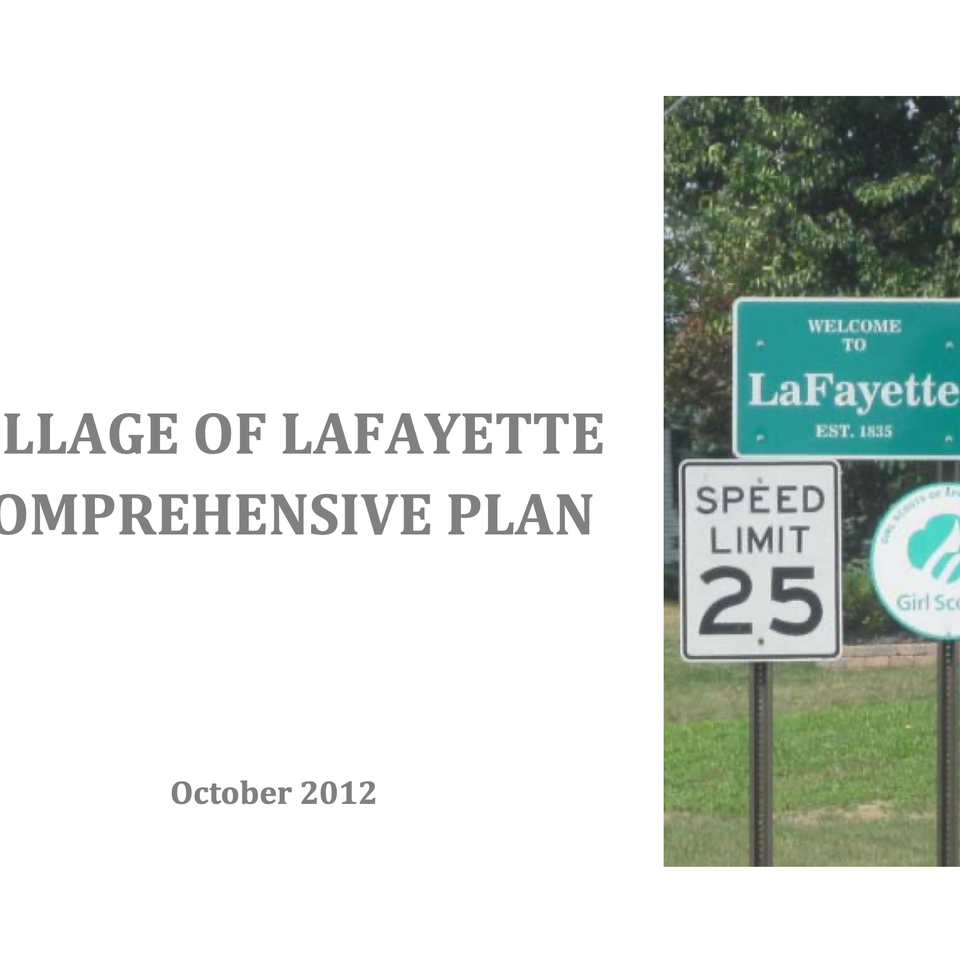
ALLEN COUNTY, OHIO
Village of Lafayette Comprehensive Plan (2012)
Village of Lafayette Comprehensive Plan (2012)
The Village of Lafayette's 2040 Comprehensive Plan provides a strategic framework for future development, focusing on land use, transportation, housing, and community facilities. The plan emphasizes preserving the village's rural character while accommodating growth and enhancing quality of life.
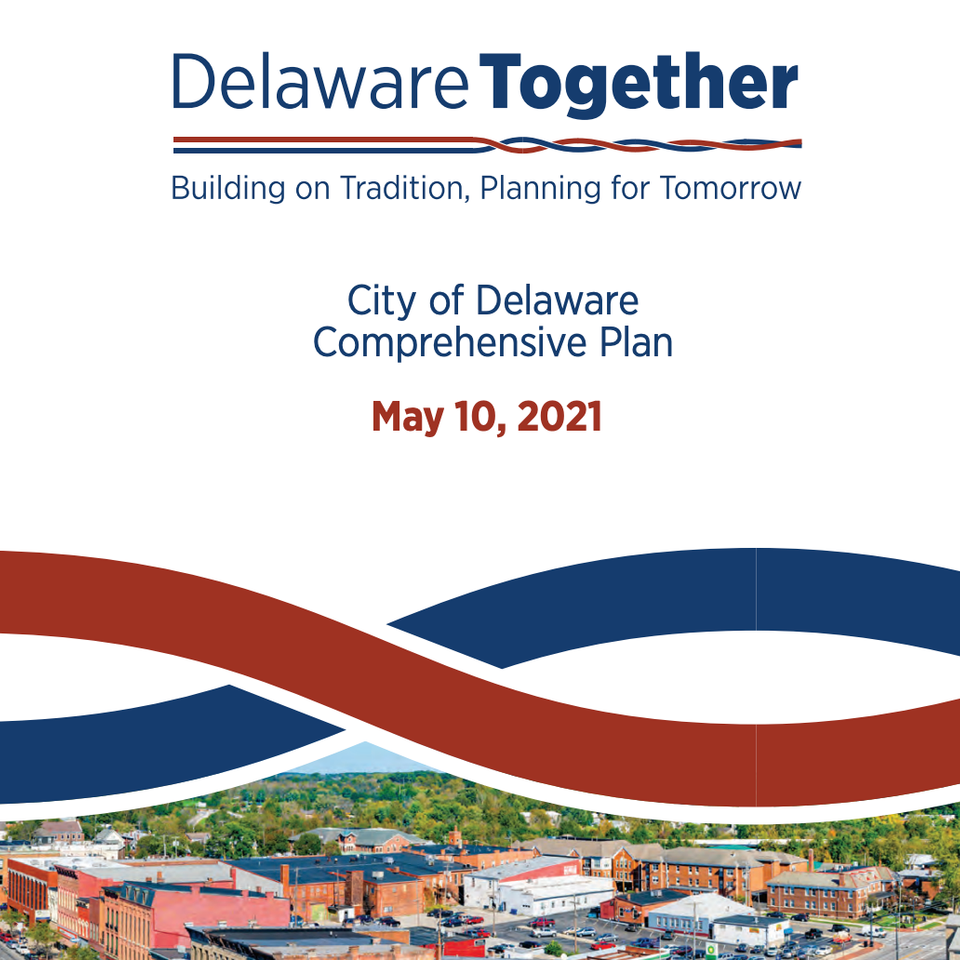
DELAWARE COUNTY, OHIO
City of Delaware Comprehensive Plan (2021)
The Delaware Together Comprehensive Plan was developed through a process that integrated input from community members and key stakeholders with the assistance of a consulting firm specializing in Comprehensive Plans. Participants offered thousands of ideas and suggestions that helped to shape the plan’s recommended actions. This process began in early 2018 and culminated with City Council approval in Spring 2021.
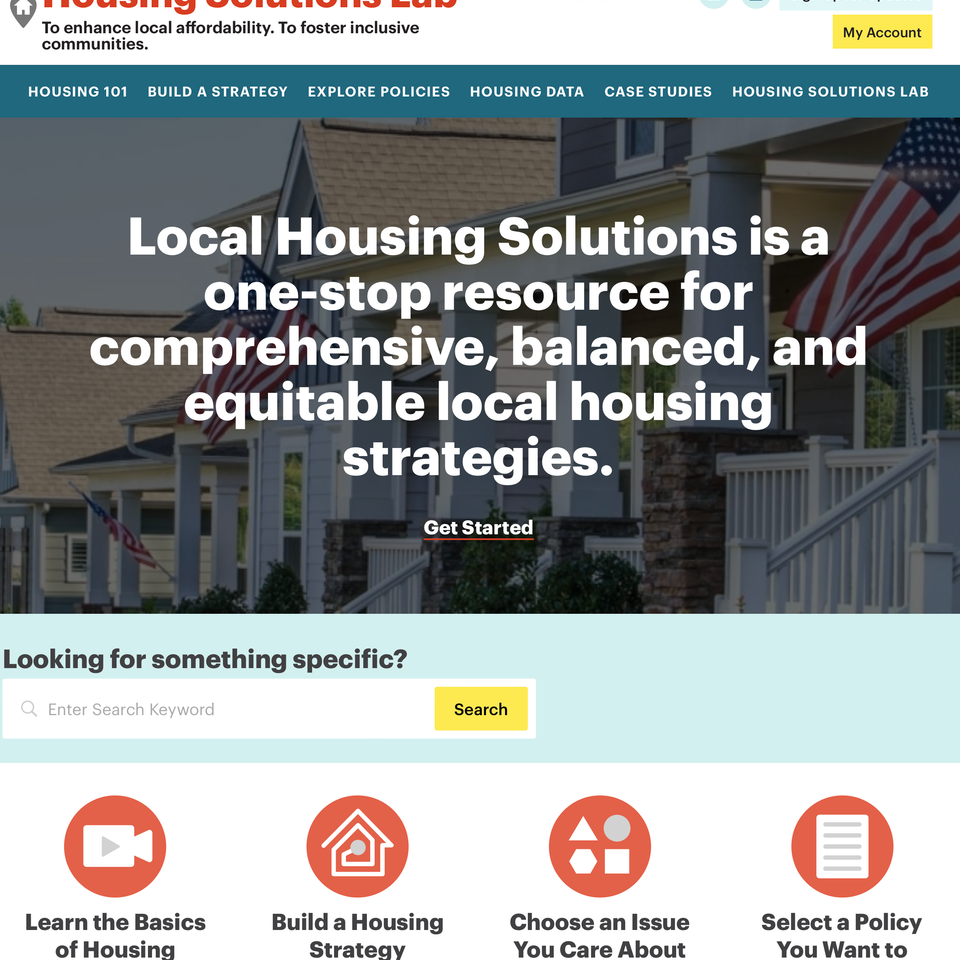
NYU FURMAN CENTER
The Housing Solutions Lab
The Housing Solutions Lab at the NYU Furman Center helps small and midsize cities plan, launch, and evaluate evidence-based local housing policies that advance racial equity; increase access to opportunity; and improve long-term health and wellbeing for residents. Support for the Housing Solutions Lab is provided by the Robert Wood Johnson Foundation.
PLANNING RESOURCES | Data for Your Community
Municipal Data
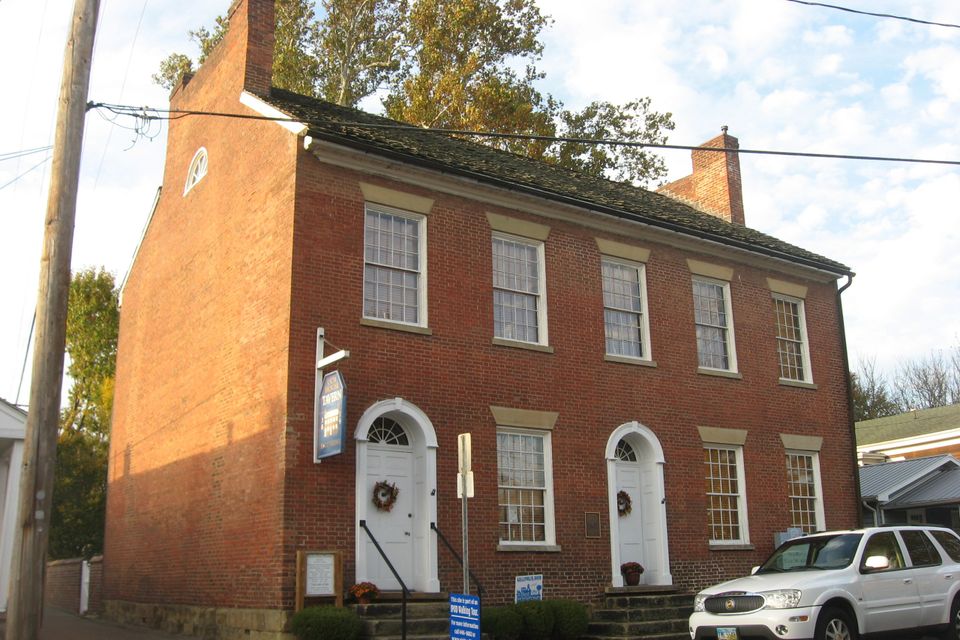
Zillow - Housing Data
Searchable by various geographies, includes some municipal data by zip code. Use to access current and forecasted Home Values and Rental information, an inventory of For-Sale listings, sales, days on the market, etc.

ESRI Business Analyst - Housing Report and housing variables
MPP staff have access to data and individuals skilled in ESRI Business Analyst. If you need help understanding the demographics of your community, identifying needs, and making informed, data-driven decisions about issues like public safety, infrastructure management, and zoning, the MPP and the staff at the Voinovich School can help. Contact us today.

HUD User Fair Market Rents
This data is used to determine payment standard amounts for compliance with various HUD funding programs. This is updated at the start of every federal fiscal year (generally October 1).

HUD LMI by Block Group
Identifies US Census Block Groups in which 51% or more of the households earn less than 80 percent of the Area Median Income (AMI). Visually identifies, by block group, eligibility for assistance from the Community Development Block Grant (CDBG) program, with respect to activities that principally benefit low- and moderate-income persons.
State, Metro, Regional, US Data – HIGH LEVEL DATA

Enterprise Community Partners
National nonprofit organization that focuses on creating affordable housing and promoting community development.

5 Creative Incentive Programs that MIGHT Inspire your next Move
Relocation Program Examples from Across The Country to help those considering a move to make a decision.

National Community Reinvestment Coalition (NCRC)
An organization that promotes fair access to credit, capital, and housing in underserved communities. They offer resources, research, and advocacy tools to guide regional public investment in housing affordability. They provide expertise on community reinvestmetn, fair housing policies, and quitable development practices.

National Low-Income Housing Coalition (NLIHC)
NLIHC is an organization dedicated to achieving affordable and decent housing for low-income individuals and families in the United States. They provide research, policy analysis, and advocacy tools to guide regional public investment in affordable housing. NLIHC offers resources such as publications, data analysis, and policy recommendations to address housing affordability challenges.

NeighborWorks America
Creates opportunities for people to live in affordable homes, improve their lives and strengthen their communities

Rural Community Assistance Program (RCAP)
National network of non-profit partners workign to provide technical assistance, training, resources, and support to rural communities across every state, the U.S. territories, and tribal lands.

US Department of Housing & Urban Development
HUD provides housinig support and uplifts communities.

National Association of Realtors - Research and Statistics
Access high-level, top-line data for states, metro areas.

Federal Housing Finance Agency – House Price Index
Collection of publicly available house price indexes that measure changes in single-family home values based on data that extend back to the mid-1970s from all 50 states and over 400 American cities. Represents a broad measurement of the movement of single-family house prices.

Census – Housing Tables
Currently not being updated due to federal shut down. Mostly county- or state-level data.
BACK
NEXT
